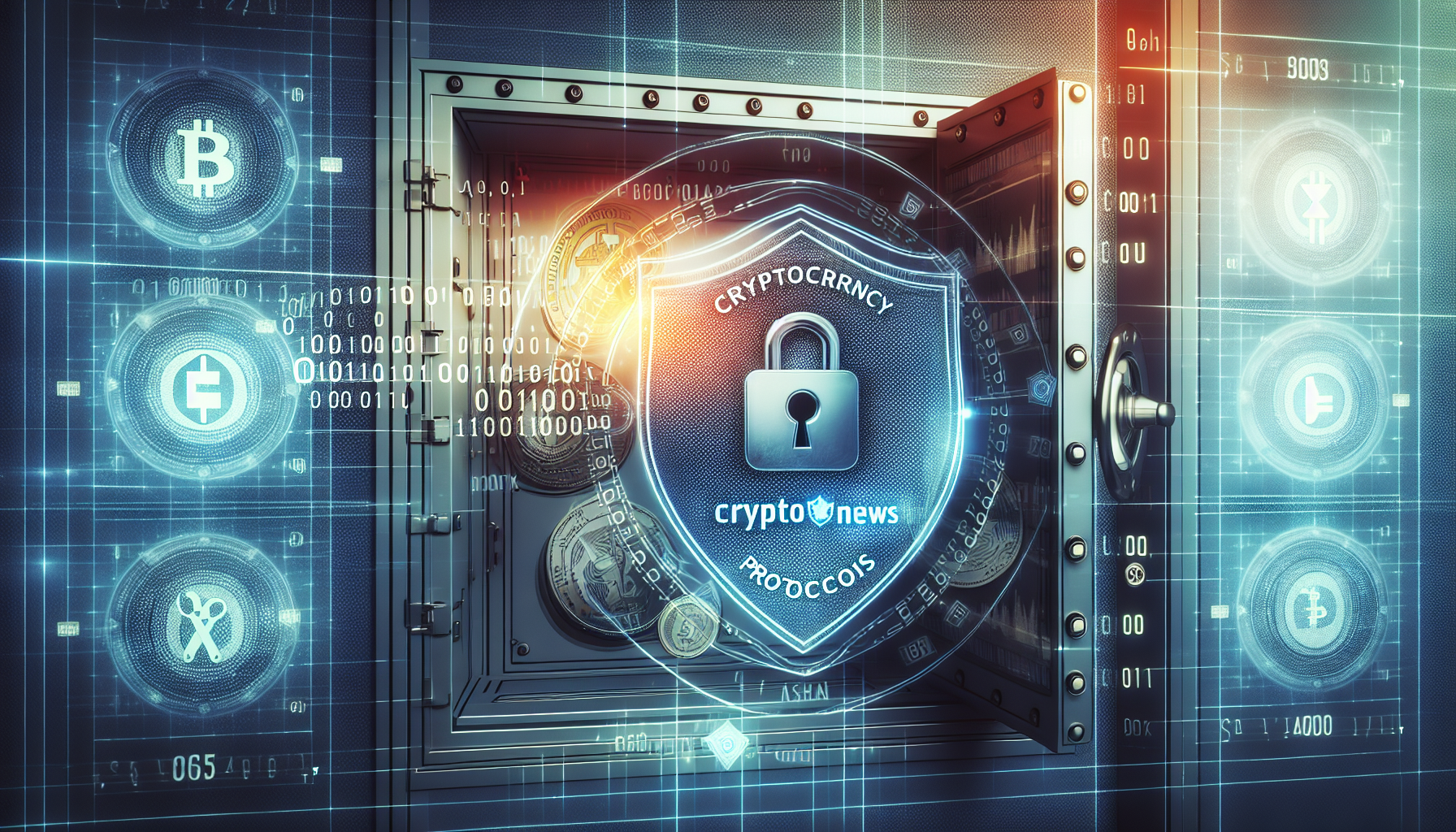Cryptocurrency Seizure Resistance Protocols: How Blockchain Tech Keeps Your Assets Safe
Why Seizure Resistance Matters in Digital Asset Protection
Did you know that over $3.8 billion in crypto was seized by governments in 2025 alone? As blockchain adoption grows, understanding cryptocurrency seizure resistance protocols becomes crucial for every investor. These decentralized safeguards act like digital fortresses, protecting your assets from unauthorized access.
4 Key Mechanisms Behind Seizure-Resistant Cryptocurrencies
1. Decentralized Network Architecture
Imagine a neighborhood watch program where 10,000 computers simultaneously verify transactions. That’s how blockchain networks like Bitcoin operate – no single point of failure means no central authority can freeze funds.
2. Non-Custodial Wallets
Think of these as your personal digital vaults. Unlike bank accounts, hardware wallets like Ledger Nano X give you exclusive control over private keys. Pro tip: Storing seed phrases in steel plates boosts protection by 90% against physical damage.

3. Privacy Coin Protocols
Monero and Zcash use advanced cryptography similar to unbreakable secret codes. Their transaction obfuscation techniques make asset tracing practically impossible for third parties.
4. Smart Contract Locks
Ethereum’s time-lock contracts function like blockchain safety deposit boxes. You can program funds to remain inaccessible until specific conditions are met, creating legal yet seizure-resistant structures.
Real-World Applications: From Activists to Institutional Investors
According to Chainalysis 2025 Global Adoption Index, countries with unstable currencies saw 40% higher usage of seizure-resistant protocols. Journalists in restrictive regimes now routinely use Wasabi Wallet’s coin mixing features to protect sources.
Balancing Security With Regulatory Compliance
While cryptocurrency seizure resistance protocols empower users, remember that legitimate law enforcement requests still apply. Always consult local regulations – Singapore’s MAS recently updated guidelines on privacy coin transactions.
Your Action Plan for Asset Protection
- Research wallets with multi-signature functionality
- Diversify storage between hot/cold wallets
- Stay updated on protocol upgrades (like Bitcoin’s Taproot)
For more beginner-friendly guides, check out our cold wallet setup tutorial and DeFi security checklist.
Disclaimer: This article provides educational information only. Cryptonewscash does not provide investment or legal advice.
Cryptonewscash
Dr. Alan Richter
Blockchain Security Architect
Author of 27 peer-reviewed papers on cryptographic protocols
Lead auditor for Ethereum 2.0 consensus mechanism